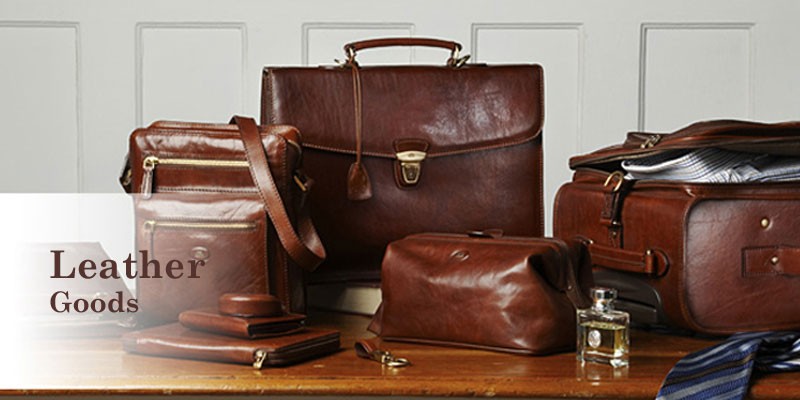The leather employed for making handbags, is a by-product of farming and food production. In the production of leather, each tannery has its own techniques and recipes for producing consistency and color variations. After the covers are tanned, dyed and completed as ideal, qualified craftsmen cautiously pick covers that fit in color and texture. Each cover is reduce by hand from styles that symbolize various parts of the bag.
These parts are then made in to one last product. Qualified Leather washing is recommended when necessary for leather bags. Never use traditional dry cleaning practices to completely clean leather products as washing leather differs from fabric cleaning in many ways. Unlike fabric, leather has oils that defend and maintain the looks and life of a bag. Eliminating these oils decreases the hide’s suppleness. The substances applied to completely clean leather frequently remove the oils in addition to the undesired dirt. These oils must certanly be repaired by a skilled leather cleaner.
The greater the caliber of a hide of skin, the less it must be treated. In reasonably limited quality hide or skin, the full normal feed is kept and exposed. You ought to see the “fat creases,” the organic markings, and the sense or give should really be supple and organic to the touch. Transforming hides and themes in to Leather Duffle Bag is performed in three simple phases: pre-tanning, tanning, and finishing. Whatever is performed to an item of leather after it is tanned is part of the finishing process. This might contain: dyeing, coming, demanding, spraying, plasticizing, lacquering, antiquing, waxing, buffing, snuffing, embossing, glazing, waterproofing, stain-proofing, flame-proofing, or some other post-tanning treatment.
Full-grain leathers are color-treated only by clear aniline plant dyes, which shade or color the skins without concealing or blocking organic markings or grain character. Some decrease quality leathers, have already been treated with a level of pigmentation to help actually out the color. Real, natural, un-pigmented and un-plasticized leather may breathe, thus sustaining their original structure. If the outer lining of the leather has been plasticized, as could be the case for most fan quality leathers, the leather can’t breathe and could become hard and woody. Following, is a short overview of the greatest kinds of leather.
Napa leather: Initially, only sheepskin was called “napa.” However, recently, the word “napa” is now an adjective meaning “smooth,” as in “napa cowhide;” that can be a misnomer. If it seems good and thinks excellent, it’s possibly, but not at all times an improved, more costly grade of leather. A napa leather, or sheep/lambskin, is normally among the softest leathers and is closest in “give” to a baby’s skin. The most effective leather is whole feed leather. The reason why it is best is basically because it is frequently the best the main leather.
At the top of the skin, or epidermis stage, materials are tighter together and hence stronger. To be able to be considered “full grain leather” the leather can not have now been buffed or sanded on the top. Thus, at the surface the leather materials are most strongly inter connected, and thus strongest. When these fibers are buffed (sanded) to be able to lower the amount of clear spots, leather’s organic energy diminishes. Just the most effective (least damaged) skins can be used for making complete wheat leather. The more organic the dye and prime coatings, the more translucent they are. These clear dyes are generally aniline.
Only a little percentage of skins can be utilized to make an aniline dyed complete feed leather. Cowhide originating as a by-product from USA and European European meat provides most of the excellent whole feed cowhide. This is because cattle in almost every other places aren’t as secured by pesticides and enclosures. Brazil, for instance, has large herds of cows, but their covers are marked with thorns, horns, insects, etc. in order that almost nothing of their hides are used to generate full feed leather. Top feed leather is complete wheat leather that’s usually been buffed and has comes from the the surface of the skin. Both top grain and whole grain leather are considered “top wheat” since they result from the top or external coating of the skin.
